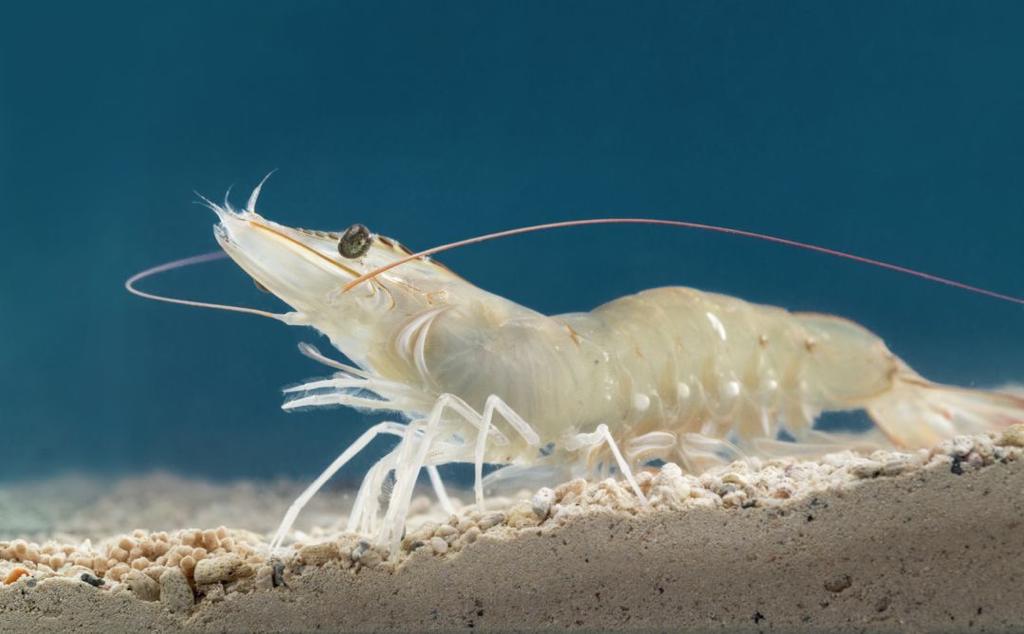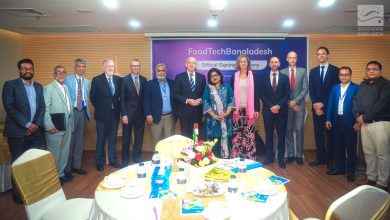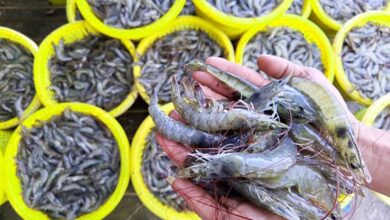
Growing seafood consumption and technological advancements in shrimp farming have contributed to the growth of the global shrimp market. Additionally, the rise in disposable income has made shrimp more accessible in many regions, which has increased global sales.
The development of innovative aquaculture techniques, focusing on sustainability and efficiency, has led to the expansion of shrimp production capabilities, in order to meet the escalating demand for shrimp. In addition, the expansion of international trade agreements and streamlined supply chains have enabled shrimp to be sold in a wide variety of markets, which has increased export opportunities.
Key Shrimp Market Driver
A growing number of products based on shrimp are driving market growth. Due to their health benefits, shrimp-based products are rapidly gaining popularity. A growing demand for food products is prompting vendors to introduce new products. Launching new products successfully will help vendors increase revenue and market share.
Major Shrimp Market Challenge
Changing climatic conditions and contamination pose major challenges to market growth. Climate change is a result of excessive carbon dioxide levels in the atmosphere and other greenhouse gases. In turn, this has significantly disrupted aquatic ecosystems’ natural processes and patterns. As climate change occurs, sea levels will rise, weather patterns will change abruptly, and oceans will become acidic. Shrimp production worldwide can be adversely affected by such weather changes, negatively impacting the market.
Significant Shrimp Market Trend
A new trend in market growth is the emergence of sustainable fishing practices. Increasing awareness of shrimp’s health benefits has led to an increase in shrimp demand worldwide. Due to this growing demand for shrimp, shrimp aquaculture has grown.
Additionally, consumer concerns about the environment have led to an emphasis on eco-friendly shrimp farming practices and the emergence of certification programs. Furthermore, ready-to-cook and ready-to-eat shrimp products have opened up new avenues for market expansion due to the recent trend towards value-added shrimp products. The government’s support and investments are also creating a positive outlook for the seafood industry.
Fastest-Growing Segment in the Shrimp Market
Shrimp products are extremely popular among end users, driving the global market. This is often attributed to rising income levels, changing lifestyles, and significant improvements within online and offline retail platforms. Aside from these features, processed and frozen shrimp products are rarely available at affordable prices, are easy to prepare, and have a longer shelf life. They have become increasingly popular among working professionals with hectic schedules and hectic lifestyles as a result of these factors. End users and buyers are increasingly requesting shrimp due to its nutritional value and low-fat content.
There are no carbs in it, and it is extremely low in calories. As a result of these factors, shrimp is incorporated into consumers’ diets as a source of protein. Consequently, shrimp production increased to meet the increased demand, resulting in production growth and thus raising demand.
Asia Pacific to Lead the Global Market for Shrimp
Global Shrimp Market categories include China, India, Vietnam, Indonesia, Thailand, Philippines, Bangladesh, Malaysia, and Latin America. Due to its low labor costs and the economy of scale, it has achieved by becoming one of the largest producers of farmed shrimp, India is recognized as a significant supplier of value-added shrimp worldwide. Adding Pacific white shrimp to India’s aquaculture industry, especially within a contract farming industry, is one of the many factors that help the country expand into the US shrimp market.
Due to improving living standards, Vietnam’s shrimp industry faces the challenge of ramping up production to meet growing demand. Over the years, the country’s shrimp production has increased significantly. This is mainly due to vannamei shrimp cultivation, which yields high yields when intensively farmed, while black tiger shrimp have low productivity when extensively farmed. As farming areas are expanded and vannamei shrimp productivity is boosted, Vietnam’s shrimp production is expected to rise.
| Top Producing Countries | Top Importing Countries | Top Exporting Countries | Major Consuming Species | By Product Form |
| 1. China | 1. European Union (EU28) | 1. Ecuador | 1. L. vannamei | 1. Breaded |
| 2. India | 2. United States of America | 2. India | 2. P. monodon | 2. Cooked |
| 3. Vietnam | 3. China | 3. Vietnam | 3. M.rosenbergii | 3. Peeled |
| 4. Indonesia | 4. Japan | 4. Indonesia | 4. Others | 4. Green/Head-off |
| 5. Thailand | 5. South Korea | 5. China | – | 5. Green/Head-on |
| 6. Philippines | 6. Canada | 6. Thailand | – | 6. Other Forms |
| 7. Bangladesh | 7. Vietnam | 7. Argentina | – | – |
Highest-sold Species of Shrimp Worldwide
The global shrimp market is segmented by species into L. vannamei, P. monodon, M. rosenbergii, and others. With over 70% of global shrimp production coming from Litopenaeus vannamei, or Pacific white shrimp, the species has emerged as the most popular species in the market.
The ability to adapt to a wide range of environments is the reason for its adaptability to various environments, high growth rate, and ability to withstand extreme conditions. The L. vannamei shrimp are mainly produced in Ecuador, China, India, Indonesia, and Vietnam. According to current forecasts, M. rosenbergii and P. monodon shrimp markets will continue to grow, driven by increasing imports from countries like China and the United States that consume large amounts of shrimp.
Jaber Bin Abdul Bari
Department of Oceanography, NSTU




